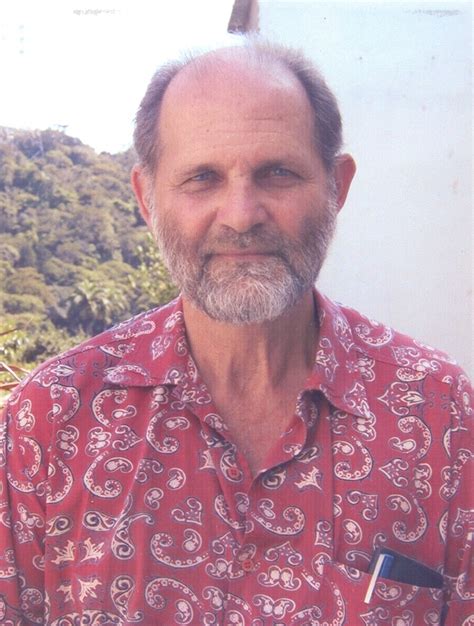Top 51 Quotes & Sayings by Harold Rosenberg
Explore popular quotes and sayings by an American writer Harold Rosenberg.
Last updated on December 22, 2024.
Politics in the United States consists of the struggle between those whose change has been arrested by success or failure, on one side, and those who are still engaged in changing themselves, on the other. Agitators of arrested metamorphosis versus agitators of continued metamorphosis. The former have the advantage of numbers (since most people accept themselves as successes or failures quite early), the latter of vitality and visibility (since self-transformation, though it begins from within, with ideology, religion, drugs, tends to express itself publicly through costume and jargon).
If being an anti-art artist is difficult, being an anti-art art historian is a hard position indeed. His doctrinal revolutionism brings forth nothing new in art but reenacts upheavals on the symbolic plane of language. It provides the consoling belief that overthrows are occurring as in the past, that barriers to creation are being surmounted, and that art is pursuing a radical purpose, even if it is only the purpose of doing away with itself.
The internationalization of art becomes a factor contributing to the estrangement of art from the artist. The sum of works of all times and places stands against him as an entity with objectives and values of its own. In turn, since becoming aware of the organized body of artworks as the obstacle to his own aesthetic self-affirmation, the artist is pushed toward anti-intellectualism and willful dismissal of the art of the past.
Kitsch is the daily art of our time, as the vase or the hymn was for earlier generations. For the sensibility it has that arbitrariness and importance which works take on when they are no longer noticeable elements of the environment. In America kitsch is Nature. The Rocky Mountains have resembled fake art for a century.
One of the grotesqueries of present-day American life is the amount of reasoning that goes into displaying the wisdom secreted in bad movies while proving that modern art is meaningless. They have put into practice the notion that a bad art work cleverly interpreted according to some obscure Method is more rewarding than a masterpiece wrapped in silence.
Exhibitions of minority art are often intended to make the minority itself more aware of its collective experience. Reinforcing the common memory of miseries and triumphs will, it is expected, strengthen the unity of the group and its determination to achieve a better future. But emphasizing shared experience as opposed to the artist's consciousness of self (which includes his personal and unshared experience of masterpieces) brings to the fore the tension in the individual artist between being an artist and being a minority artist.
Co-operating critics comb the studios like big-league scouts, prepared to spot the art of the future and to take lead in establishing reputations. Art historians stand by ready with cameras and notebooks to make sure every novel detail is safe for the record. The tradition of the new has reduced all other traditions to triviality.






















